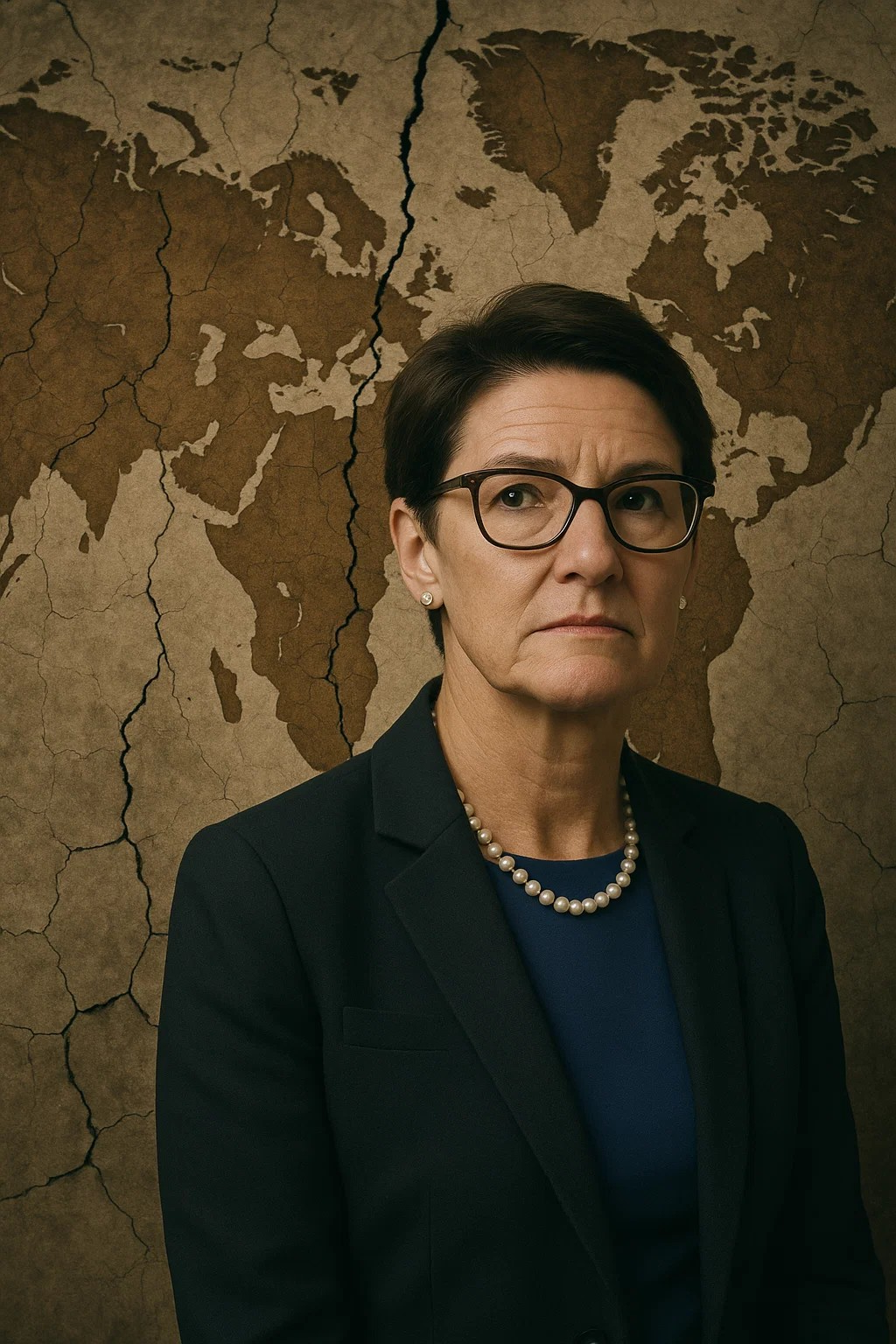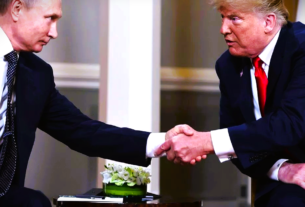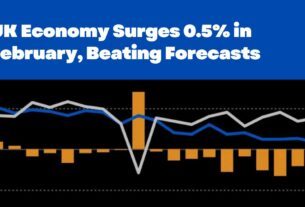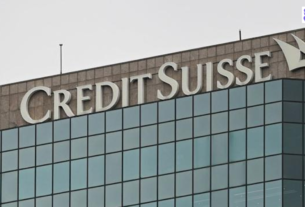The world economy may be on the brink of a structural transformation, according to Citigroup CEO Jane Fraser, who warns that the age of global cooperation is giving way to an era defined by national self-interest, tariff walls, and a growing mistrust in once-unquestioned financial pillars.
In a striking blog post published Friday, Fraser outlines a new global economic reality that is already unfolding beneath the surface: an economic order where protectionism, geopolitical rivalry, and cautious corporate strategy are rewriting the rules of trade, investment, and currency dominance.
A Turning Point in Globalization
Fraser’s message is blunt: the globalized world as we’ve known it is undergoing a recalibration. “The near-term impact is already being felt, and the long-term trajectory is being rewritten in real time,” she wrote.
Tariffs, once seen as temporary tools in political brinkmanship, are now proving to be lasting catalysts for change. Fraser notes that while 10% import taxes are generally manageable for most companies, anything above 25% forces corporate leaders to make significant strategic shifts from rerouting supply chains to pulling back on long-term investments.
CEOs are not just reacting, they’re bracing. Major decisions are being delayed, and risk management is becoming more about structural adaptability than short-term response.
Trust and Trade: A Fraying Fabric
At the core of Fraser’s warning is a loss of trust between nations, between companies, and within markets themselves. She foresees the emergence of a “multipolar system of trade and capital,” in which regional alliances replace global ones, and countries increasingly prioritize domestic resilience over cross-border interdependence.
This trend is already visible: companies are reshoring or near-shoring production, governments are scrutinizing foreign investments, and the flow of capital is shifting in response to growing uncertainty.
Fraser adds that these disruptions particularly in planning and supply chains will linger long after tariff policies are reversed, hinting at a deeper transformation of global economic architecture.
Cracks in the Dollar’s Fortress?
Perhaps most notably, Fraser suggests that the U.S. dollar’s perceived safety is being reconsidered by investors. While the greenback has long held its position as the world’s reserve currency, market behavior indicates a re-evaluation of this assumption, a development that could have profound long-term consequences.
Though the dollar remains dominant for now, the rise of alternative financial systems, digital currencies, and strategic shifts by central banks globally all point toward a more contested monetary future.
Slower Growth, Sticky Inflation
The immediate macroeconomic implications aren’t rosy. Fraser projects that if current trends continue, global growth could slow by as much as one percentage point. Inflation, meanwhile, could remain elevated as the cost of protectionist policies and fragmented supply chains filters through to consumers.
The Bigger Picture: Adapt or Stagnate
What Fraser is describing isn’t just a dip in the business cycle, it’s a new blueprint. For decades, globalization drove prosperity through efficiency, openness, and interconnectedness. But in a world where tariffs rise and trust wanes, agility and resilience become the new currencies of success.
In this emerging landscape, companies and countries alike must rethink what stability and growth look like. As Fraser puts it, we are no longer just reacting to shocks, we are building a new global order in real time.




